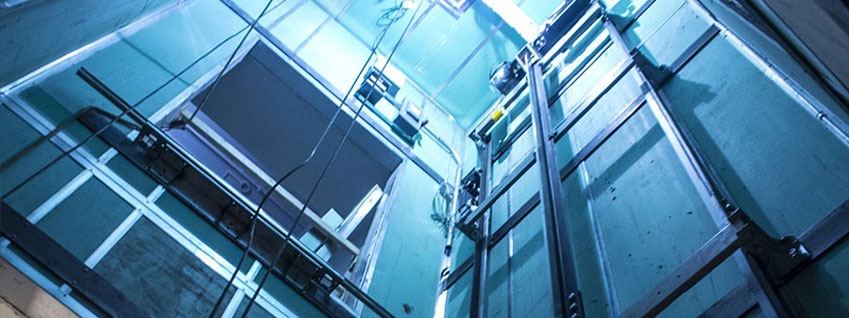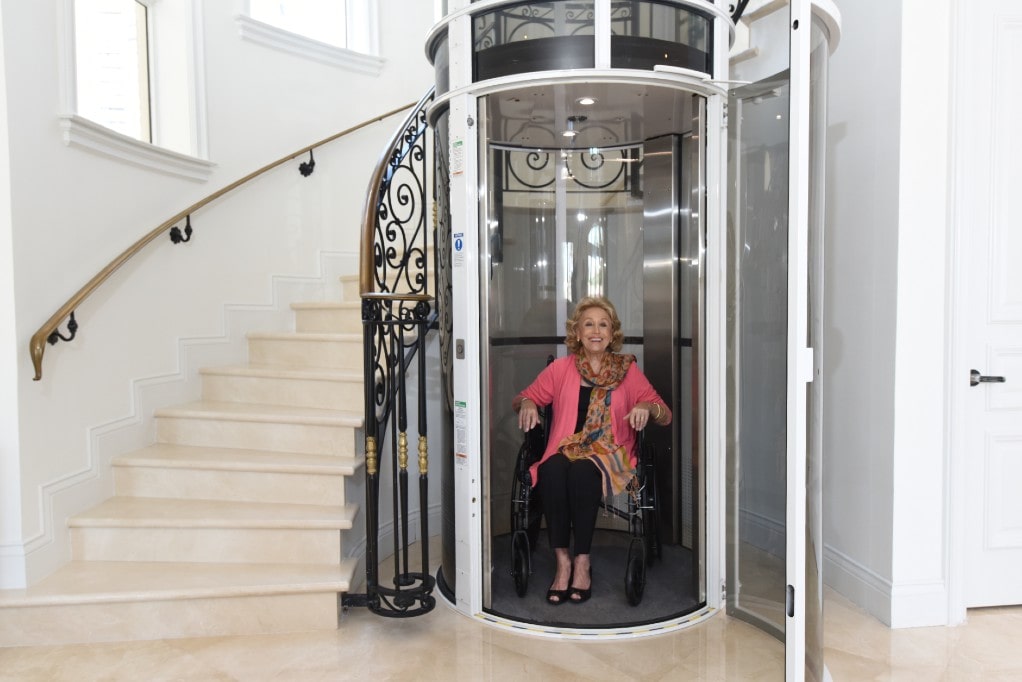Leading Lift Companies in London: Offering Quality Installations and Maintenance
Leading Lift Companies in London: Offering Quality Installations and Maintenance
Blog Article
Digging Into the World of Elevators: Common Problems Faced by Numerous Lift Systems
As we browse via the vertical transportation systems of modern buildings, elevators stand out as an indispensable part of our day-to-day lives. From hydraulic elevators to traction systems and machine-room-less layouts, each lift kind comes with its set of common issues.
Hydraulic Elevators
Hydraulic elevators, usually favored for low-rise structures, make use of fluid pressure to control the movement of the elevator cars and truck (lift repair companies). This device entails a hydraulic pump pressing oil right into a cylinder, causing the elevator to move in the preferred direction. While hydraulic lifts are recognized for their silent and smooth procedure, they do include their very own collection of common concerns
One prevalent problem with hydraulic elevators is oil leak. Additionally, issues with the control system, such as defective shutoffs or a malfunctioning pump, can cause disruptions in the lift's motion.
Regular upkeep and punctual repair services are vital to make certain the smooth functioning of hydraulic elevators. By dealing with these common issues proactively, building owners can decrease downtime and make certain the safety and security and efficiency of their vertical transport system.
Traction Elevators
When considering vertical transport systems in structures, one more typical type other than hydraulic elevators is the traction lift. Grip lifts operate using a system of ropes and weights that relocate the elevator auto by clutching onto the hoist ropes. This system permits smoother and much faster upright transportation contrasted to hydraulic systems.
Among the typical concerns encountered by traction lifts is rope wear. The constant motion of the ropes within the traction system can result in damage with time, potentially creating the elevator to malfunction or come to be dangerous for use. Routine inspections and upkeep of the ropes are important to ensure the lift's appropriate functioning and safety.
An additional problem that traction lifts may experience is associated with the control system. Troubles with the control system can bring about concerns such as erratic activity, delays in response times, or also total shutdowns. Regular testing and upkeep of the control system are critical to stop such problems and ensure the lift's integrity.
Machine-Room-Less (MRL) Elevators

Among the key parts my link of MRL elevators is the compact gearless traction machine that is set up within the hoistway. This equipment efficiently drives the elevator automobile without the demand for large tools found in traditional traction lifts. In addition, MRL elevators usually make use of a weight system to stabilize the cars and truck, more enhancing their energy performance.
Regardless of their advantages, MRL lifts may encounter obstacles associated to upkeep and repair work due to the confined space for tools installment. Ease of access for servicing components within the shaft can be restricted, needing specialized training for professionals. Proper upkeep schedules and normal inspections are important to ensure the continued smooth procedure of MRL lifts.
Overloading and Weight Restriction Issues
Overloading and weight restriction problems are important issues in lift operations. Elevator suppliers layout lifts with specific weight abilities to guarantee passenger security and devices durability.
When elevators are strained, it places excessive pressure on the electric motor, wires, and various other parts, potentially triggering breakdowns or breakdowns. If they find excess weight, safety and security systems such as sensors and overload sensors are in area to protect against elevators from relocating. Furthermore, surpassing index weight limitations can bring about raised power intake and damage on the lift system.
To alleviate overwhelming concerns, building supervisors need to plainly display weight limits in lifts and enlighten occupants on the significance of sticking to these limitations - lift repair companies. Routine upkeep checks by qualified service technicians can likewise aid guarantee that lifts are operating within risk-free weight criteria. By dealing with overloading and weight limit issues proactively, structure owners can improve lift safety and efficiency
Electric System Failings
Surpassing weight limitations in elevators can not just lead to mechanical problems yet also possibly add to electrical system failings within the lift facilities. Electrical system failings are a vital worry in elevator operation, as they can trigger unforeseen closures, breakdowns, or even safety dangers.
Routine upkeep and inspections are essential to identify and deal with potential electric problems without delay, making certain the reliable and risk-free procedure of elevator systems. By adhering to weight restrictions and performing regular electric system checks, building owners can alleviate the threat of electric failings in elevators.
Final Thought

Hydraulic elevators, typically preferred for low-rise buildings, utilize fluid stress to manage the motion of the elevator car.When taking into consideration vertical transport systems in structures, one more common type aside from hydraulic elevators is the traction lift. Traction elevators operate making use of a system of ropes and weights that move the elevator car by clutching onto the hoist ropes. Unlike conventional elevators that call for a different device area to house the tools, MRL lifts integrate most of the parts within the shaft, eliminating the need for a devoted machine room.In conclusion, elevators encounter common issues such as hydraulic breakdowns, traction system failures, and electrical system problems.
Report this page